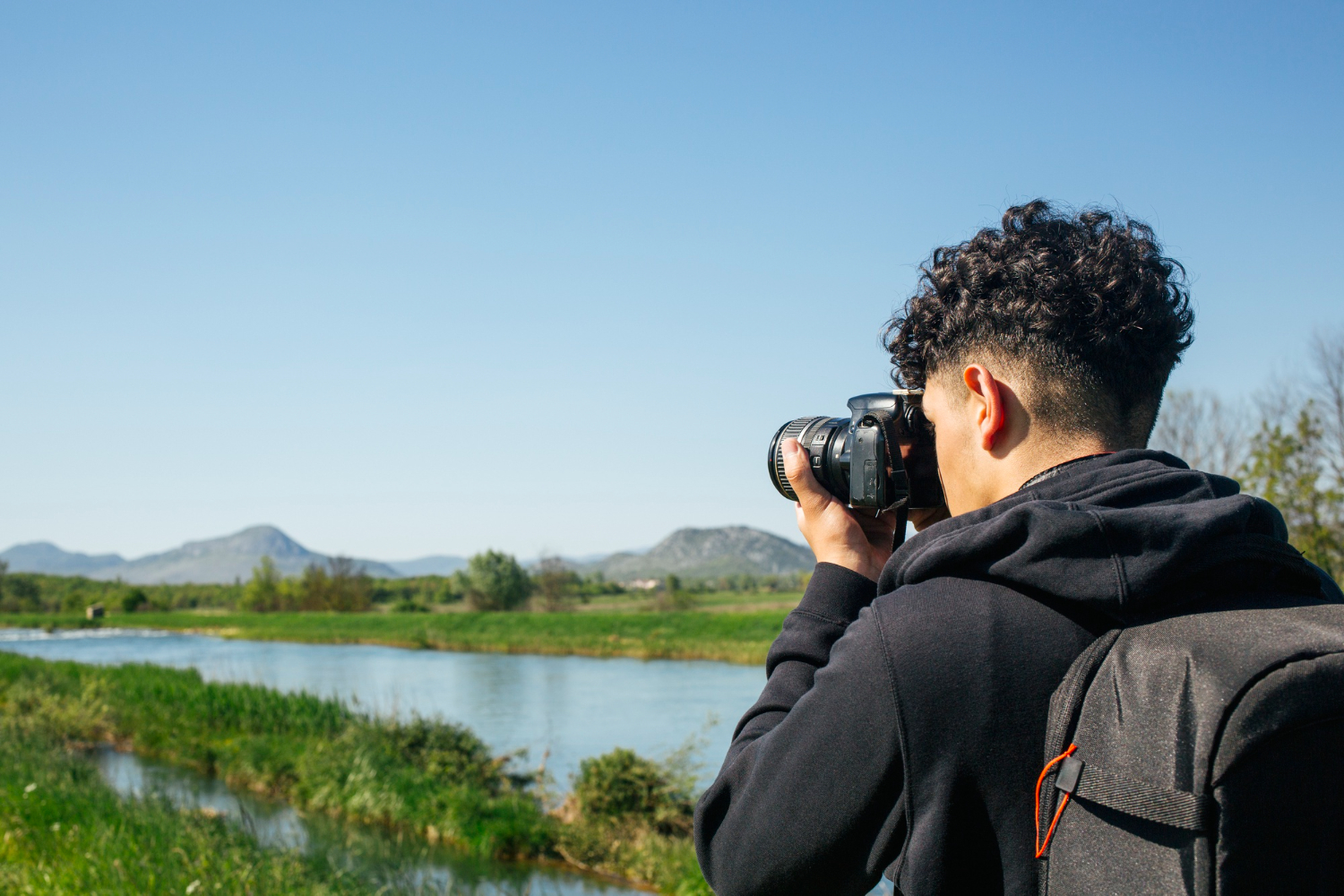
Capturing breathtaking photos outdoors is possible as long as you understand and utilize the power of natural light. Learn how to highlight your subjects, evoke emotions, and alter colors to create stunning landscape images your audience will love!
Selecting the appropriate camera equipment is crucial for your outdoor photography. Consider a DSLR or mirrorless camera that can shoot in RAW, which offers more flexibility and control when working with natural light.
Composition
Natural light is an excellent option for beginners because it’s available everywhere and doesn’t require expensive equipment. It also helps photographers understand how light works before moving on to more complex projects that may require artificial lighting.
Using the principles of composition in your photos is crucial to their success. This includes using symmetry, leading lines, and framing. But any photographer’s most crucial composition technique is understanding how to work with light.
When we think of natural light, we usually picture sunlight streaming through a window or the soft orange glow of the sun at sunset. But natural light can also occur indoors (known as ambient light) and be used in any photography genre. It’s often considered the best type of light for portraits.
Lighting
Using natural light can help photographers like Meg Bitton save money and reduce the need for expensive lighting equipment. While it may not be the most controllable light source, learning to work with it rather than against it can lead to stunning images.
Depending on the day, natural light can vary in color, temperature, and intensity. It can be warmer at golden hour and cooler during high noon. Weather conditions impact lighting quality, causing diffusion during overcast days or sunset.
By understanding how to use natural light, photographers can highlight their subject’s features, evoke emotions, and alter colors to create breathtaking photos. Considering these photography tips, anyone from world-class photographers to grannies with smartphones can produce stunning photographs.
Focus
When working with landscape photography, your most powerful tool is your ability to control the focus of your image. You can accomplish this through various means, including learning advanced techniques like focus stacking.
When shooting outdoors, it’s easy to get caught up in the moment and ignore the environmental factors that can impact your photos. Avoid this mistake by scouting the location ahead of time to understand what will be in the background of your subject.
In outdoor portraits, the environment can be a character that complements your subject, telling a richer, more layered story. For example, instruct your subjects to lean against a graffiti wall or pose before a mural, allowing the colors and patterns to become a focal point.
Angles
Using a variety of angles is another way to add depth and unique perspective to your outdoor photos. For example, try positioning your camera low to the ground and shooting upwards at the sky if you’re shooting a landscape image.
The lighting provided by nature changes throughout the day. A photo taken at midday may have harsh shadows on your subject, while a photo captured during the golden hour will look soft and warm.
Understanding how different angles impact an image can help you better work with the ever-changing nature of natural light. For example, an angle smaller than a right angle is called an acute angle, while an angle more significant than a straight angle is called obtuse. Adjacent angles that sum to a right or straight angle are complementary, supplementary, or explementary.
Leading Lines
Leading lines are powerful compositional elements that guide the viewer’s eye to a focal point in your photo. They can be straight or curved, creating depth, balance, and even a sense of movement in your photo.
Using leading lines can help your photos stand out from the crowd and are particularly effective in landscape photography. But you can also use them in other types of shots, such as urban or cityscapes, to add drama and a feeling of scale to your images.
Remember that leading lines are not just paths or tracks but can also be stairways, roads, rivers, or anything else that appears as a line and leads the viewer’s eye to your subject. Remember to consider how the time of day affects these lines by casting shadows that vary in length and strength.
